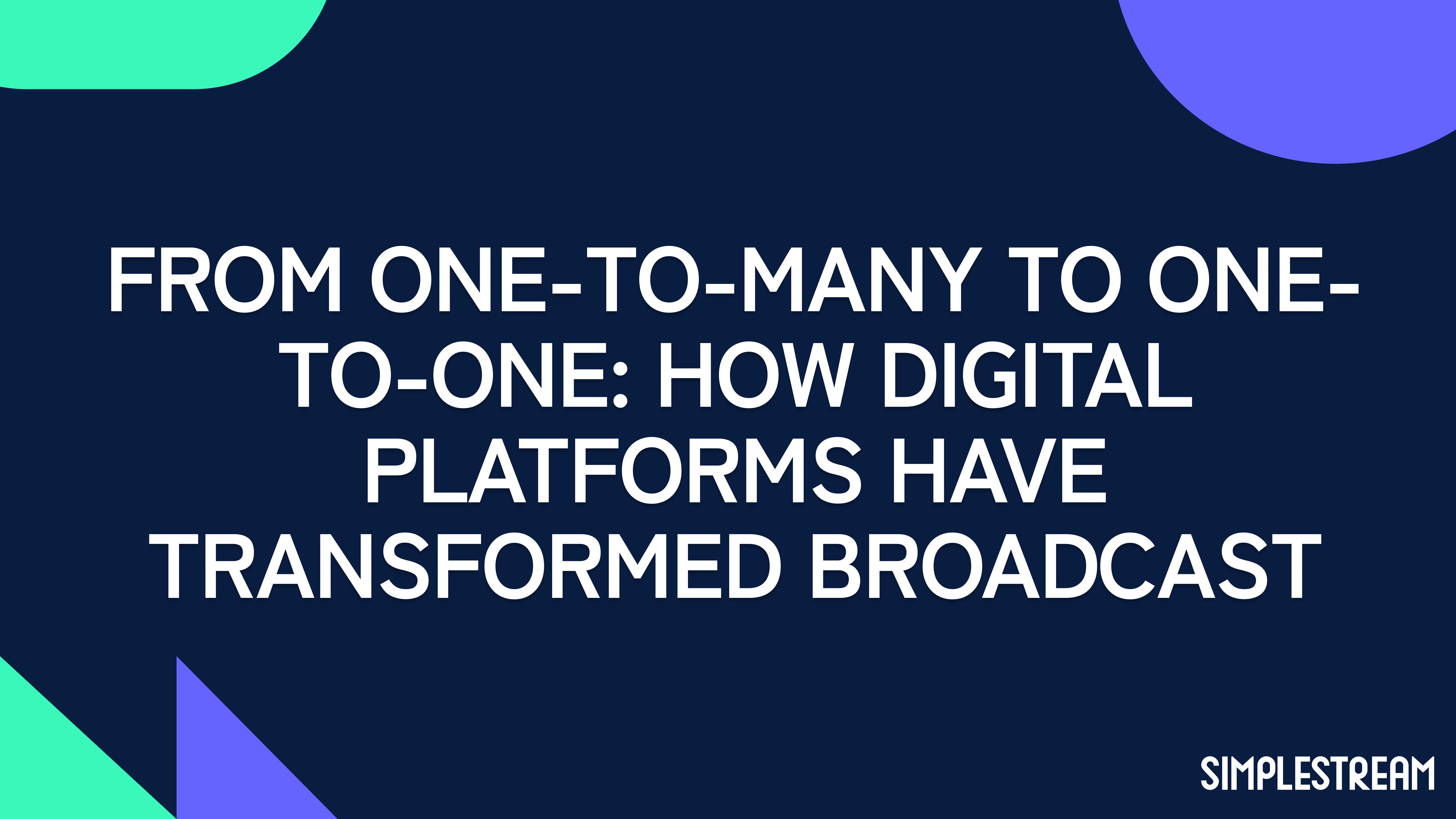Maximising audience reach with engaging experiences - Part 1
Read on, for a snapshot of the entertainment and sports spaces today, and how rights and content owners can expand their audiences with innovative experiences.
Fact: the line ‘attract new eyeballs in today’s fiercely competitive landscape’ sits atop every OTT and streaming operator’s list of priorities. If the entertainment, lifestyle, and sports spaces looked crowded only three to five years ago, brace yourself now. Younger demographics have surfaced and changed previous, well-established content consumption patterns. It’s now even more complicated, for rights and content owners, to generate a return on investment quickly and in an innovative manner. Given the more crowded market, and the array of options for viewers to choose from, holding their attention is a must.
Innovation comes first, at least when considering deeper and more engaging experiences for digital-first users. Together with the need to think of marketing in a less stiff and more direct way, as some suggest.
How can rights and content owners expand their reach and tap new audiences today? How important is it to continuously work on new ways to actively engage consumers? And, most importantly, is content the only asset at the operators’ disposal? In this mini-series, we round up some key insights on what the OTT and streaming landscape look like, and what our crystal ball for the near future reveals. Read on.
💗 The importance of… love
Direct-to-consumer (D2C) propositions have naturally exploded in recent times, both from an engagement perspective and the ability to enhance existing and new revenue streams. However, media brands from various sectors are still struggling to choose the exact approach when crafting their content propositions for new audiences. They either pragmatically analyse who’s in their pool and take informed bets, or they are led by the hypothesis that having something ‘greater’ to offer gives them a better opportunity with target audiences.
The crux of it is rather simple: finding the right product or market fit isn’t an easy task. Although adequate consumer research is needed, gut instinct is key. An example? Think of the way Netflix became the giant it is today. Launched as a mail-based rental service, then converted into a video-on-demand service over the internet, Netflix focused on how to provide to their existing customers (and prospective ones) with greater value than ever before. Needless to say, the brand has grown exponentially, becoming one that millions of people love.
🎮 Consumer behaviour: the gaming disruption
The way millennials consumed content is in the books. Younger generations are less interested in turning their devices on to watch a single, ‘monster’ programme from beginning to end. They are keen, instead, to spend long hours chaotically switching through different ‘channels’ (apps and services, so to speak), biting here and there on short-form video items. The assumption that the days of long-form content are gone, is valid for both the entertainment and sports spaces. Now giving way to shorter snippets, consumed live or on demand, better if from multiple devices simultaneously.
In the background, gaming has been playing a huge role, becoming one of the favourite activities entertained by youngsters. Its dynamics and patterns have contributed to better and deeper experiences, which are now at the centre of attention among OTT operators. Interactivity really is the new currency when evaluating the overall playback experience.
We’ll be following up this series with a second chapter, where we’ll investigate the power of personalisation, and the importance of data to enhance audience engagement through deeper consumption experiences. Read part two here.



